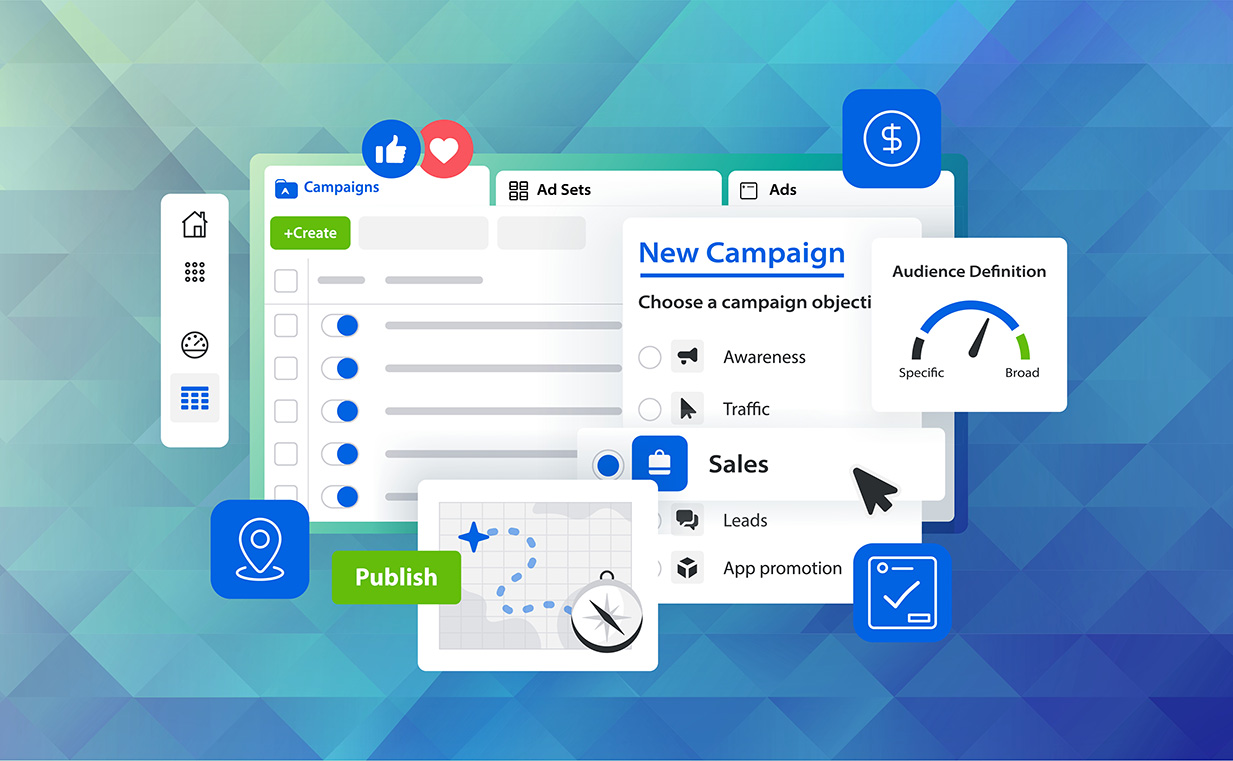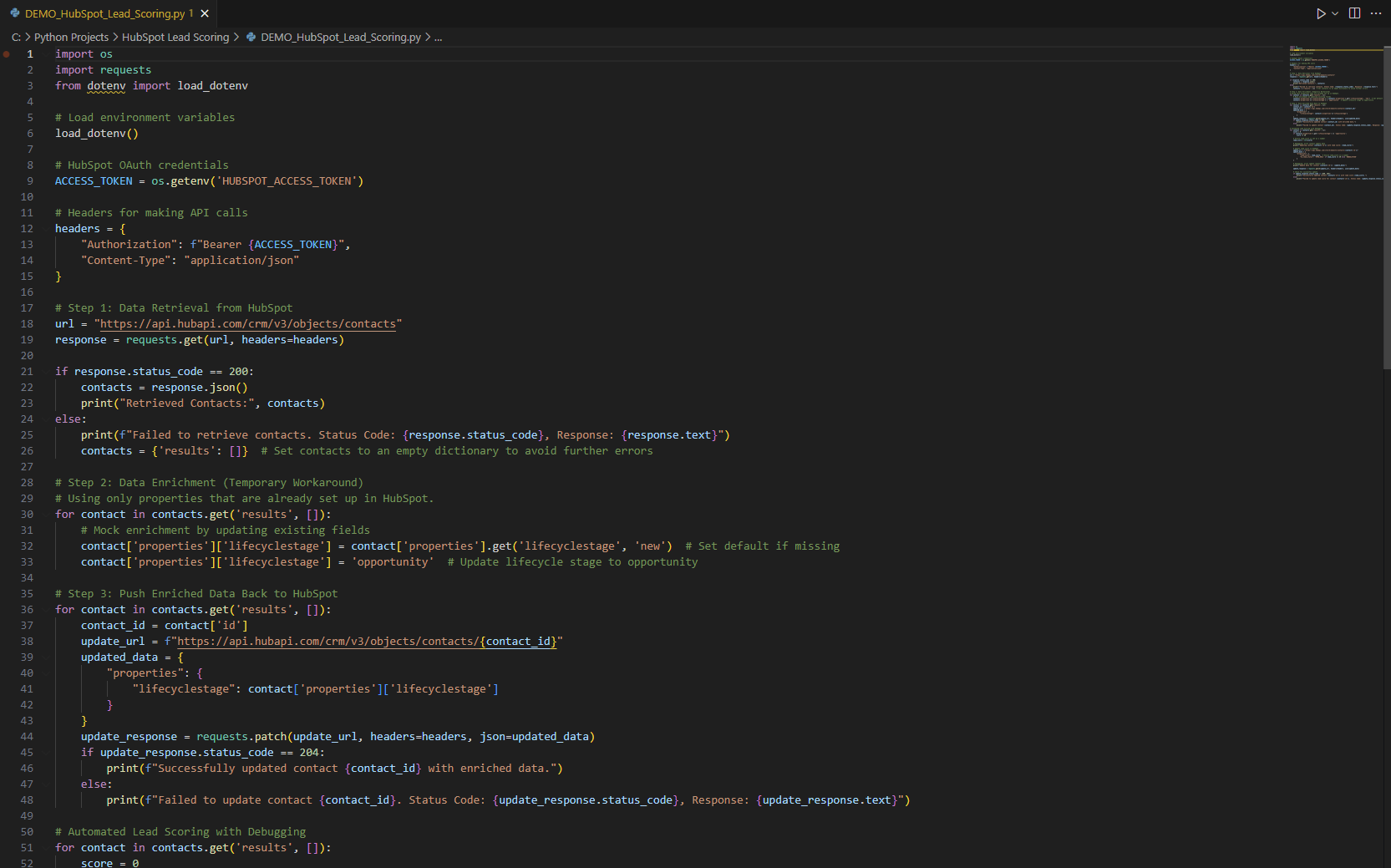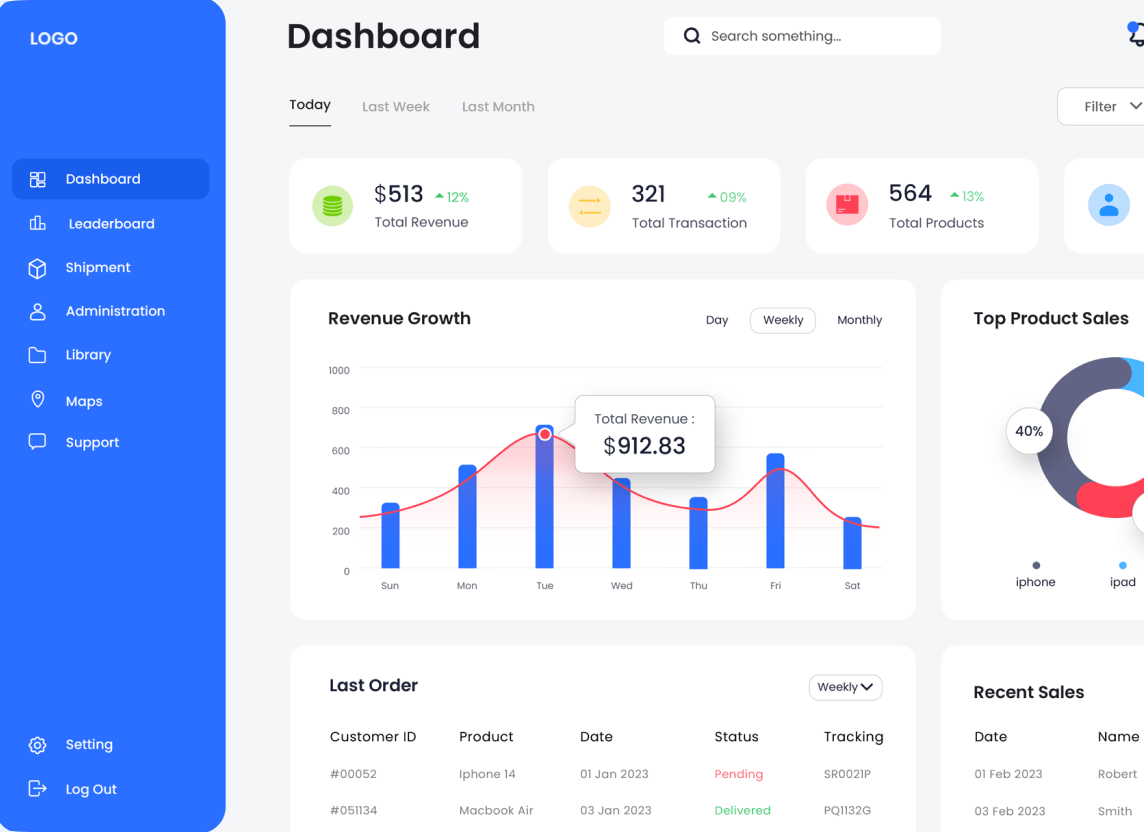Regardless of your advertising platforms, determining the best way to target your audience is always debatable. Different advertisers swear by different methods, and no single approach has proven universally effective across all industries.
The endless array of variables impacting performance makes it impossible to pinpoint a single decisive factor. It could be the product, the day of the week, supply and demand, or timing that makes the difference. There’s no definitive way to determine which factors have the greatest impact.
My posts don’t include academic case studies. Instead, they are based on my experience managing various Facebook Ad accounts over the past decade. Since day one, I’ve systematically constructed my campaigns to allow for comparisons, enabling me to identify what works across dozens of accounts. While it’s not a clean A/B test, the large sample size helps support my findings.
If you’ve worked with me , you’ll know that I advise against using interests to target Facebook audiences. However, you may wonder about my stance on lookalike audiences.
Lookalikes are more accurate than interest-based targeting because they are based on a larger list of similar people.
Facebook defines a lookalike audience as “a way to reach new people who are likely to be interested in your business because they’re similar to your best existing customers.”
Are lookalikes effective? Yes, but primarily in the early stages of your campaign. Fundamentally, campaigns are optimized similarly to how lookalikes function. As your campaign gathers conversions, a lookalike audience is created within each campaign, shifting targeting toward that audience.
Even if your audience size appears large initially, you aren’t targeting the entire group. As conversions accumulate, an internal lookalike audience is formed, targeting only a fraction of the larger group.
The key question is: should you use a lookalike source if your campaigns will automatically generate lookalike models?
Generally, lookalikes act as an additional layer of filtering on your existing audience. Lookalikes typically range from 200K to 20M people, depending on whether they are based on global settings or individual countries. The downside of using lookalikes is the limited audience size, making it challenging to maintain long-term, scalable campaigns.
For example, if your initial lookalike audience is one million people, only a portion may be relevant to your business. Assuming a relevant audience is 10-20%, you’re already dealing with smaller numbers. Add in the optimization process, and you’ll find a limited audience size.
Limited audience sizes pose the risk of unscalable results. Larger audience sizes (10-30 million people) give the optimization algorithm more freedom and flexibility, allowing for steady, long-term, and scalable results. It also allows the algorithm to find the lowest cost opportunities across your audience, avoiding high costs or low demand in specific groups.
Another targeting option is using pure pixel data.
Pure pixel means relying solely on your pixel data and campaign data for optimization. This method avoids interests or lookalikes, granting the optimization algorithm complete freedom and flexibility.
Campaigns optimized with pure pixel data focus solely on conversion data and pixel data from your website.
The advantage of using pure pixel can be summed up in two words: steady scale.
Pure pixel opens up massive audiences and allows for consistent performance at the lowest cost, enabling you to scale your campaign significantly. Once your campaign achieves 20-50 conversions per day, targeting is automatically set, and no additional filtering is needed. The campaign’s existing data will allow for optimal results through free optimization.
Overall, I’ve seen pure pixel consistently outperform lookalikes across various industries and timeframes. In some cases, ROI was similar when comparing lookalikes to pure pixel, but pure pixel always delivered higher volumes. Even when lookalikes and pure pixel had similar CPA and ROI, pure pixel provided extra conversions and broader reach.
WHEN TO USE LOOKALIKES…
If you’re not fully convinced of the benefits of using pure pixel and want to try lookalikes, here’s my advice:
1. Create lookalikes based on a list that represents your ultimate goal, such as a list of paying customers’ email addresses or people who have completed a purchase.
2. Use rich information when uploading a list to create a lookalike. Don’t just upload emails—include names, phone numbers, and customer lifetime value. This helps Facebook create value lookalikes of top spenders, improving match rates and list accuracy.
3. Use lookalikes initially when your account is new or lacks conversions. As you approach 50 conversions per week, transition to pure pixel to allow more freedom for the optimization algorithm.
IN SUMMARY
The effectiveness of lookalikes is a widely discussed topic among marketers. Lookalikes are similar audience lists created based on sources like your customer or email list. However, lookalikes can limit your campaign’s scalability due to smaller audience sizes.
Conversely, pure pixel targeting relies solely on your pixel and campaign data for optimization. This method offers better performance and easier campaign scalability by granting the optimization algorithm more freedom, leading to more conversions at a better cost.







